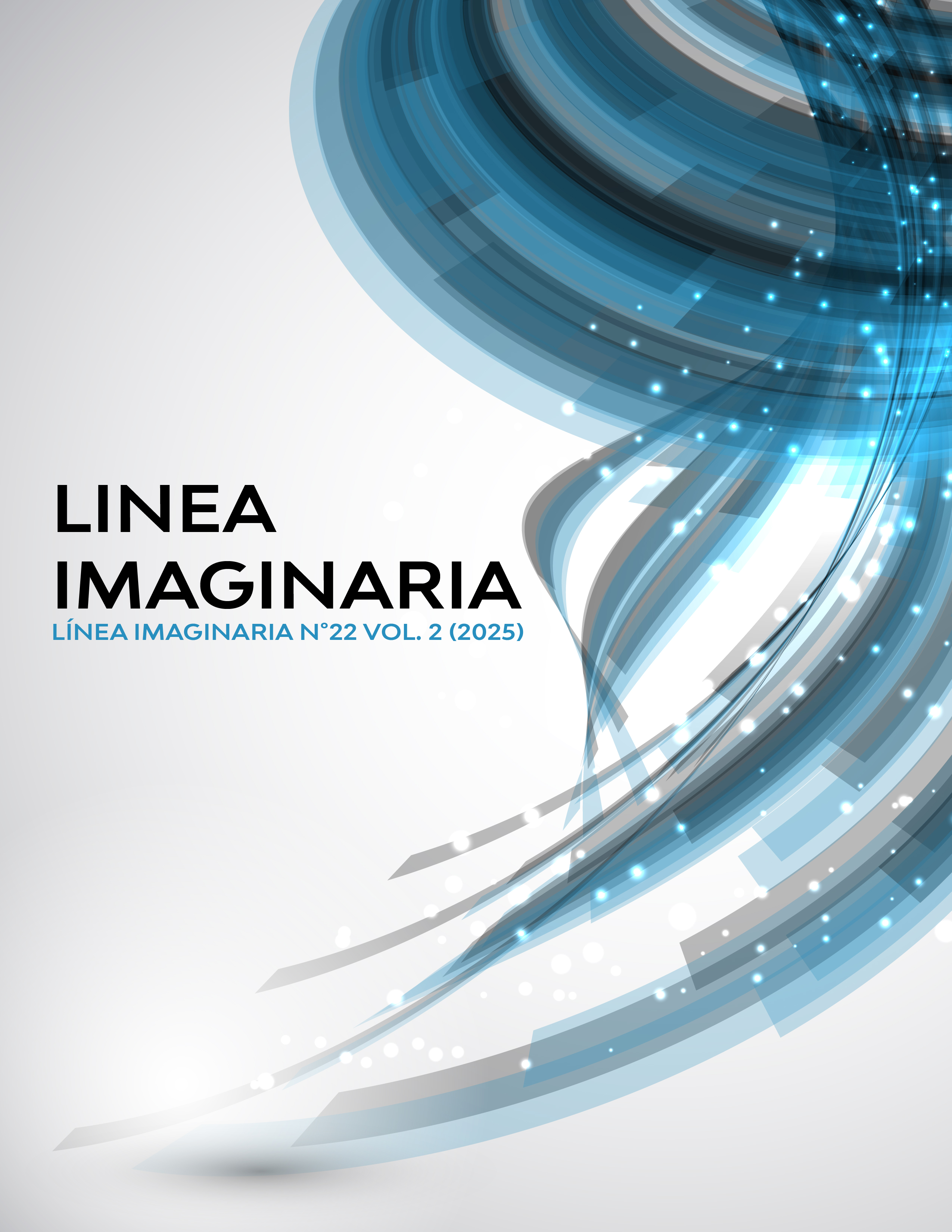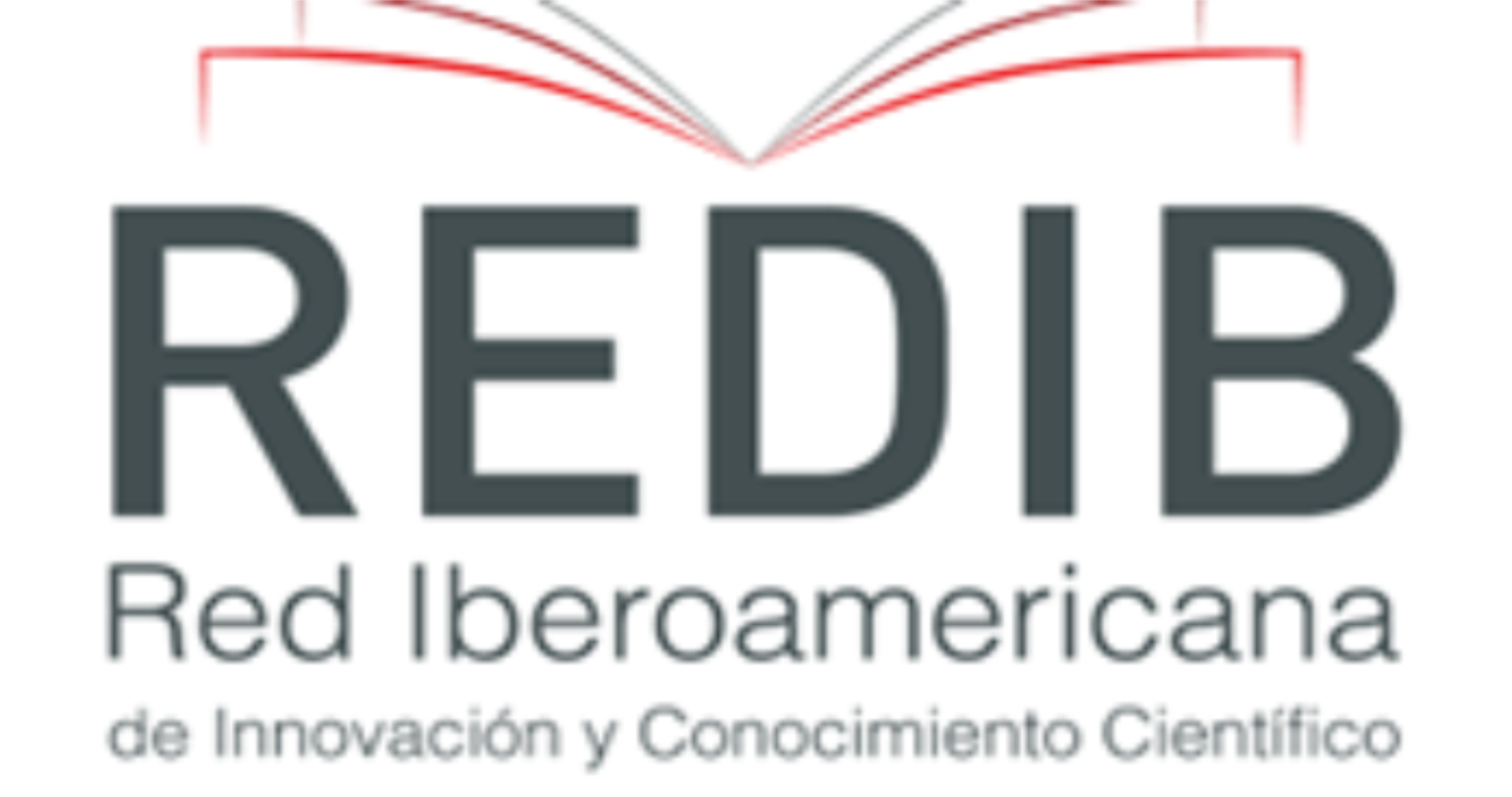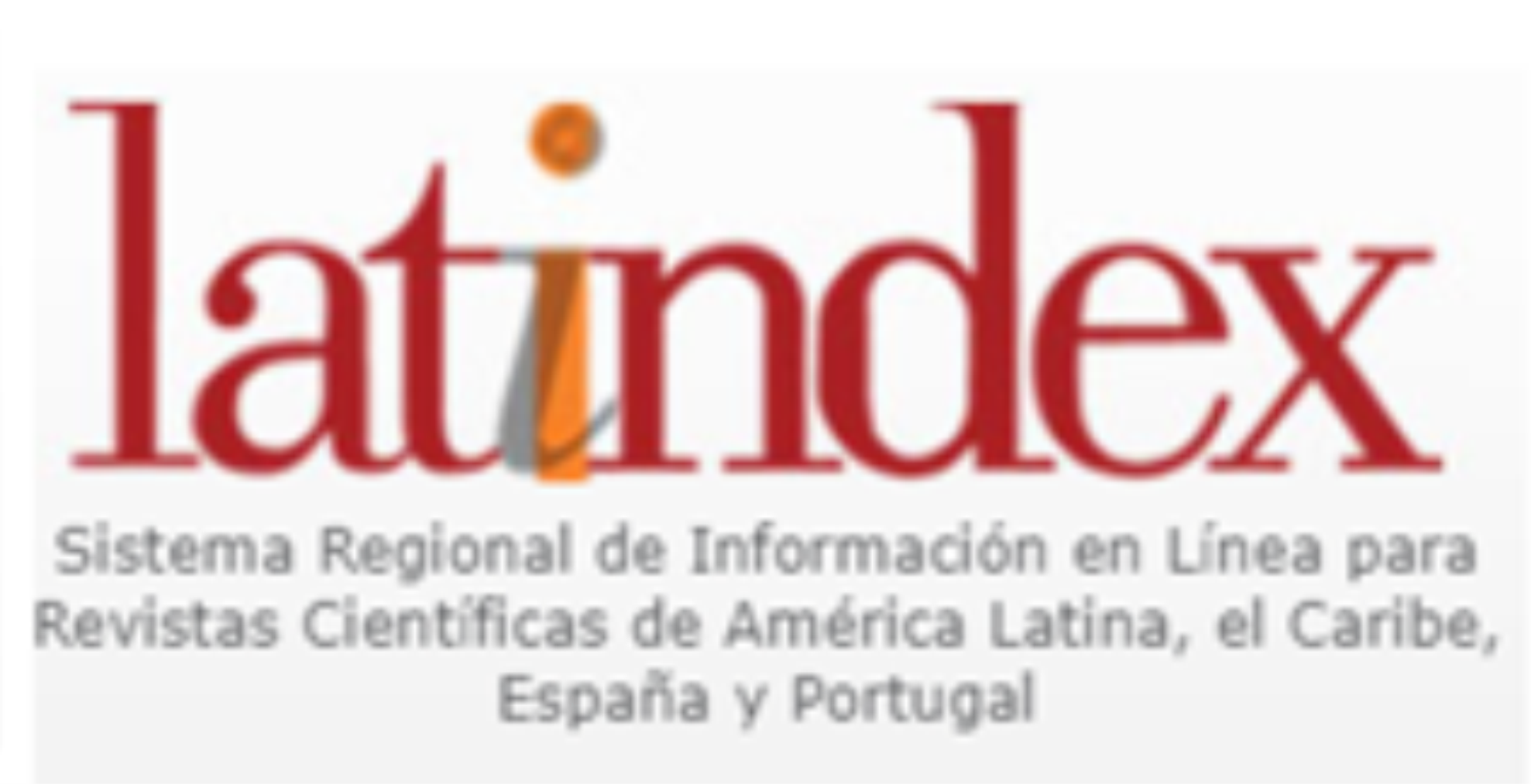THE MOBILE PHONE AS A MEANS OF INCLUSION IN EDUCATIONAL DIVERSITY
DOI:
https://doi.org/10.56219/lneaimaginaria.v2i22.4515Keywords:
mobile learning, Inclusive education, hool diversity, educational technologyAbstract
This documentary review study examines the role of the mobile phone in inclusive education within school diversity settings. The main objective is to analyze its importance as a pedagogical tool in the construction of equitable and accessible learning. To this end, an analysis of 15 scientific articles selected based on their relevance and timeliness was carried out. The reviewed works were grouped into three thematic axes: (1) the mobile phone as a promoter of collaborative and inclusive learning, (2) its impact on the personalization of teaching and access to educational content, and (3) the challenges and difficulties associated with its implementation in diverse environments. The findings indicate that the incorporation of the mobile phone in the classroom favors educational inclusion by facilitating the interaction between teachers and students, promoting situated learning and strengthening the development of digital skills. From conversational theory, its role in mediating dialogue and the collective construction of knowledge is highlighted, promoting more active student participation. On the other hand, from the perspective of situated learning, it is recognized that this technology allows content to be adjusted to particular needs, providing access to digital platforms and interactive tools that promote autonomy and critical thinking. However, its integration faces challenges such as the digital divide and the need for teacher training for its pedagogical use.
Downloads
References
Brazuelo, F. y Gallego, DJ (2012). Aprendizaje móvil: Los dispositivos móviles como recurso educativo. Narcea Ediciones.
Burgos, J. A. B. (2018). Competencias para una inclusión digital educativa. revistapuce, (107).
Castell, M. (2009). Comunicación y poder. Editorial Alianza.
Correa, M. R., & González, M. J. A. (2014). Las TIC al servicio de la inclusión educativa. Digital Education Review, (25), 108-126.
Delgado Vargas, J. D. (2017). El diseño universal en la interfaz gráfica de multimedia educativo. Rev. Actual. Investig. Educ, 819-838. DOI: https://doi.org/10.15517/aie.v17i3.30207
Falconí Asanza, A. V. (2017). Inclusión de la tecnología móvil de información y comunicación educativa como estrategia pedagógica. Revista Universidad y Sociedad, 9(4), 82-89.
Freire, P. (1970). La pedagogía del oprimido. Siglo XXI Editores.
García, L., & Fernández, R. (2021). Innovación educativa y tecnologías digitales: Retos y oportunidades para la enseñanza inclusiva. Editorial Académica Española.
Gómez Hernández, P., Castillo Fernández, H. D., & Kassar, M. D. C. M. (2017). El teléfono móvil como instrumento mediador en la inclusión educativa. Prácticas innovadoras inclusivas: retos y oportunidades.
Gómez, A., & Rodríguez, P. (2019). Tecnología y educación: Impacto de los dispositivos móviles en el aprendizaje escolar. Revista de Educación y Tecnología, 14(2), 45-62.
López, C., & Ramírez, J. (2018). Aprendizaje móvil y equidad educativa: Un análisis de experiencias en América Latina. Revista Iberoamericana de Educación, 78(3), 112-134.
López, P. Z., & Perabá, C. M. (2021). Tiflotecnologías para el alumnado con discapacidad visual. Academo, 8(1), 109-118. DOI: https://doi.org/10.30545/academo.2021.ene-jun.10
Lugo, M. T., & Ithurburu, V. (2019). Políticas digitales en América Latina. Tecnologías para fortalecer la educación de calidad. Revista Iberoamericana de educación, 79(1), 11-31. DOI: https://doi.org/10.35362/rie7913398
MEN (Ministerio de Educación Nacional de Colombia). (2021). Lineamientos para la integración de TIC en la educación inclusiva. Bogotá, Colombia.
Muller, E. W., Castro-Galviz, M. Y., De la Cruz López, M., Lorena-Pinillas, L., Roldán-García, L., & Torres-Carvalho, J. L. (2020). Uso de los teléfonos móviles en el aula de educación primaria. Revista Electrónica de Conocimientos, Saberes y Prácticas, 3(2), 31-42. DOI: https://doi.org/10.5377/recsp.v3i2.10688
Ochoa-Aizpurua Aguirre, B., Correa Gorospe, J. M., & Gutiérrez-Cabello Barragán, A. (2019). Las TIC en la atención a la diversidad educativa: el caso de la Comunidad Autónoma Vasca. DOI: https://doi.org/10.6018/red/61/07
Ortiz, D., & Ramírez, F. (2022). Inclusión digital y aprendizaje en la escuela del siglo XXI: El papel del teléfono móvil en la enseñanza. Ediciones Educativas.
Pérez, S., & Martínez, H. (2020). Dispositivos móviles y educación inclusiva: Estrategias para su implementación en contextos diversos. Editorial Científica.
Pulido Huertas, D. C., Nájar Sánchez, O., & Guesguán Salcedo, L. G. (2016). Vivamos la innovación de la inclusión de dispositivos móviles en la educación. Praxis & Saber, 7(14), 115-140. DOI: https://doi.org/10.19053/22160159.5220
Ramírez-Montoya, M. S., & García-Peñalvo, F. J. (2017). La integración efectiva del dispositivo móvil en la educación y en el aprendizaje. RIED. Revista Iberoamericana de Educación a Distancia, 20(2), 29-47. DOI: https://doi.org/10.5944/ried.20.2.18884
Rivas, N. E. G. (2024). Tecnología Asistiva para la Inclusión Educativa en Ecuador. Ciencia Latina: Revista Multidisciplinar, 8(3), 417-433. DOI: https://doi.org/10.37811/cl_rcm.v8i3.11228
Rosas, C. M. C., & Alvites-Huamaní, C. G. (2021). WhatsApp como recurso educativo y tecnológico en la educación. Hamut´ ay, 8(2), 69-78. DOI: https://doi.org/10.21503/hamu.v8i2.2294
Sánchez-Rivas, E., Ruiz-Palmero, J., & Sánchez-Rodríguez, J. (2017). Videojuegos frente a fichas impresas en la intervención didáctica con alumnado con necesidades educativas especiales. Educar, 53(1), 29-48. DOI: https://doi.org/10.5565/rev/educar.844
Sanromà-Giménez, M., Lázaro-Cantabrana, J. L., & Gisbert-Cervera, M. (2017). La tecnología móvil: Una herramienta para la mejora de la inclusión digital de las personas con TEA. Psicología, Conocimiento y Sociedad, 7(2), 173-192. DOI: https://doi.org/10.26864/PCS.v7.n2.10
Sotomayor, M. (2010). Diálogo y aprendizaje: Una aproximación desde la teoría conversacional. Ediciones Universitarias.
Torres, P. y Benavides, R. (2022). Educación, tecnología y diversidad: Enfoques actuales para la inclusión digital en las aulas. Revista Latinoamericana de Educación Inclusiva, 19(1), 75-92.
Downloads
Published
How to Cite
Issue
Section
License

This work is licensed under a Creative Commons Attribution-NonCommercial-ShareAlike 4.0 International License.
La revista Línea Imaginaria conserva los derechos patrimoniales (copyright) de las obras publicadas, que favorece y permite la reutilización de los mismos bajo la licencia Creative Commons Atribución-NoComercial-CompartirIgual 4.0 , por lo cual se pueden copiar, usar, difundir, transmitir y exponer públicamente, siempre que se cite la autoría y fuente original de su publicación (revista, editorial, URL y DOI de la obra), no se usen para fines comerciales u onerosos y se mencione la existencia y especificaciones de esta licencia de uso. Si remezcla, transforma o crea a partir del material, debe distribuir su contribución bajo la misma licencia del original.













